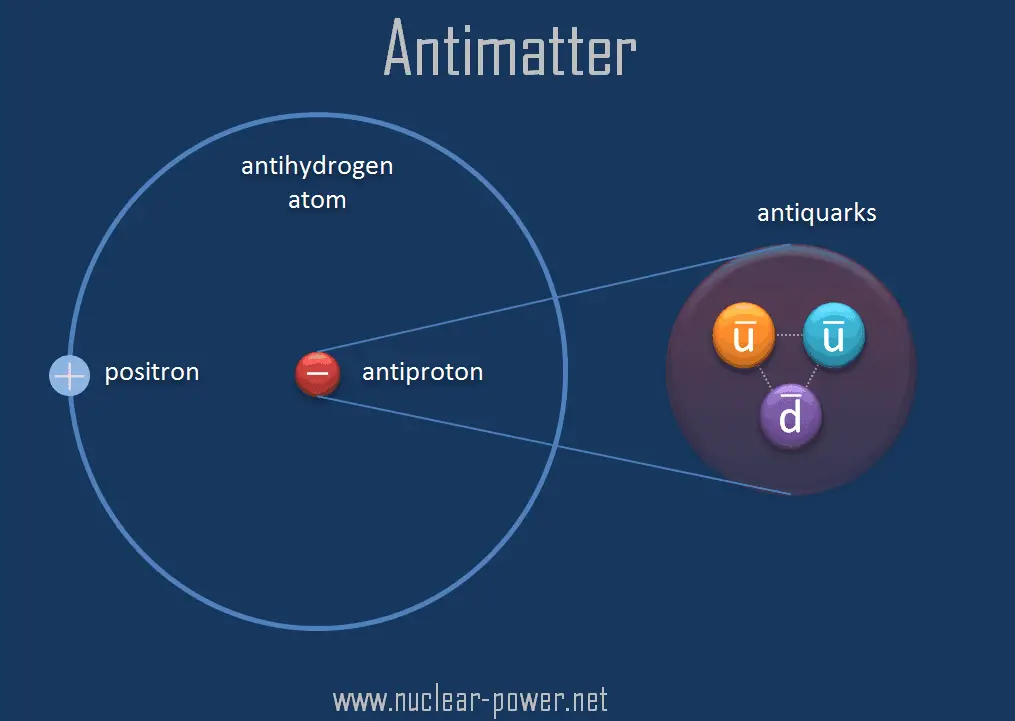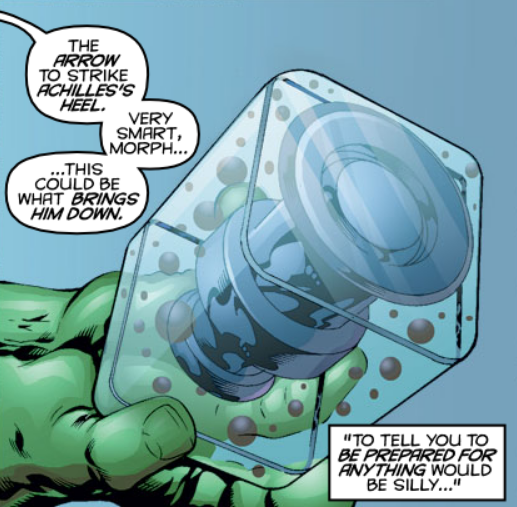


Many of these tactics have been tried before, but never in exactly this combination. From there, the positrons can be pulled out of the empty spaces between the layers by a magnetic field. At each layer in the array, particles will lose a little bit of heat to each one until they’re cool enough to trap.

Positron Dynamics uses an array of 50 or more thinly sliced semiconducting solids. But the system only catches roughly one in 100 positron. Right now, the best solution for cooling the positrons is running them through a block of frozen neon (called a “moderator”), which offers a minimum of stray electrons. We could see the beginning of the age of commercial antimatter within five years. Initial simulations show that as much as 10 micrograms of positrons could be produced each week with a linear accelerator,” says co-founder Ryan Weed, PhD, a physicist and former cryogenic engineer for Jeff Bezos’s space flight company Blue Origin. Positron Dynamics has seed funding from Paypal billionaire Peter Thiel’s Breakout Labs. He also was a cofounder of Paypal which was then merged with Xcom which was started by Elon Musk. If storage is worked outīillionaire Peter Thiel is famous for his early investment in Facebook. Positron Dynamics could generate 10 micrograms per week in the near term, this would be 10 antimatter fusion bombs per week.


 0 kommentar(er)
0 kommentar(er)
